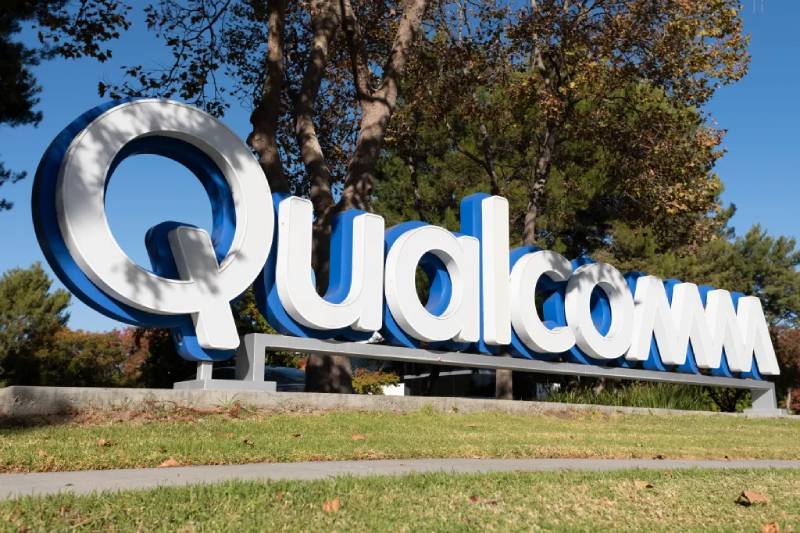In order to serve instructors, students, and the future, generative AI is teaching new ways to enrich, broaden, and streamline educational processes.
“Education is the most powerful weapon which you can use to change the world,” said Nelson Mandela.
Future depends heavily on educators and educational opportunities. By imparting knowledge, encouraging critical thinking, supervising parents, and nurturing children, educators prepare the next generation of thinkers.
At the same time, there is a growing risk of widespread teacher shortages as educators deal with an increasingly challenging professional challenge. They frequently feel overworked and undersupported. On the other hand, expanding educational opportunities and bolstering the position of educators are essential to our future. It’s possible that generative AI and AI in general have just arrived as that strength and much-needed assistance.
Here are some ways that generative AI and AI in general can support education, benefiting educators as well as students and, eventually, enhancing our future as a whole:
The Aide to The Teacher
Teachers frequently have to mark assignments and homework after school hours after spending the entire day in the classroom. The grading of numerous assignments and tests can be automated using generative AI, which can reduce some of that workload. Grading can be automated with generative AI, freeing up teachers’ time for other tasks while students receive their grades promptly.
Teachers can also create instructional content with the aid of generative AI. Various forms, such as text, pictures, and simulations, can be customized to fit various subjects and learning styles, making instruction more successful for teachers.
More Intelligent Education
Students acquire knowledge on a variety of topics at varying rates and in a variety of ways. With the use of generative AI, teachers can assess students’ current proficiency levels and adapt lesson plans to suit their demands and speed. This maintains students’ engagement and challenge levels appropriately. Put differently, by creating customized learning paths for each learner, generative AI can maximize learning.
Student Assistance
Do you have any memories of not understanding the material being taught in school? This is beginning to change as a result of generative AI, which gives students more options to improve their comprehension and learning.
AI-driven chatbots, for instance, can help students by providing answers to inquiries on study guides, subjects, and classes. AI can also interact with pupils as a virtual tutor or teacher, offering extra assistance outside of the conventional classroom.
Artificial intelligence (AI) and generative AI can be used to summarize large amounts of instructional content, which will improve knowledge retention, make subject-matter concepts easier to understand, and save students time. Furthermore, students can use generative AI as a research helper. Students can expedite comprehension and progress research work by synthesizing pertinent data and producing insights.
Innovative Approaches to Education
Although the traditional classroom is probably here to stay, generative AI models are giving rise to new learning tools that complement classroom settings. For pupils, for instance, realistic digital simulations and virtual laboratories might be made. Students can experiment in safe but demanding environments with hands-on, iterative learning through these simulations and labs. This is particularly useful for science and engineering courses.
Recursive artificial intelligence also produces language learning platforms. For language arts students, the platforms offer authentic dialogues, pronunciation guidance, and assignments tailored to the language.
Watch-outs
There is also a list of potential red flags that need to be managed in addition to this extensive and lovely list of educational benefits associated with AI and generative AI. Teachers are concerned that students may misuse technology or skip over the critical thinking and problem-solving portions of the curriculum. Additionally, when using technology to teach pupils, there is an inherent risk of data breaches, outages, and a lack of empathy and human emotion. Plagiarism, prejudice, and false information are additional hazards that are frequently inadvertent. To fully realize the promise that artificial intelligence (AI) and generative AI have for improving education and assisting educators and students, educational rules and safeguards are required.
How IT directors implement generative AI in their institutions is another area of great concern. Because AI and generative AI have extremely different data and IT needs than traditional technology, many institutions are currently stuck in a loop. To manage AI workloads and process unstructured data in real-time, users need to invest in the appropriate storage infrastructure. There is no short path to AI-capable data storage—it is a must for progress. Conventional data storage solutions aren’t designed to meet these increasing demands. Traditional storage systems will cause a “final mile” halt in AI and generative AI deployments if they are not addressed.
AI workloads and data requirements are taken into consideration while designing modern storage systems. Distributed storage, effective data indexing, and data compression are examples of capabilities that provide the speed and scale needed for AI applications.
A Golden Star
AI and generative AI have a lot to offer educators and the education sector, and they arrive at a critical juncture in the sector’s evolution when fresh approaches are required. Generative AI, however, won’t get all A’s right away. To guarantee appropriate use, barriers and rules are required. Additionally, businesses must update their storage options to ensure that their IT infrastructure can handle unstructured data for AI workloads in real time. After that, I’m willing to wager that generative AI will be able to achieve a gold star in the field of education.


 Business4 weeks ago
Business4 weeks ago
 Business4 weeks ago
Business4 weeks ago
 Business3 weeks ago
Business3 weeks ago
 Business1 week ago
Business1 week ago
 Business6 days ago
Business6 days ago
 Science6 days ago
Science6 days ago
 Science1 week ago
Science1 week ago
 Sports6 days ago
Sports6 days ago














